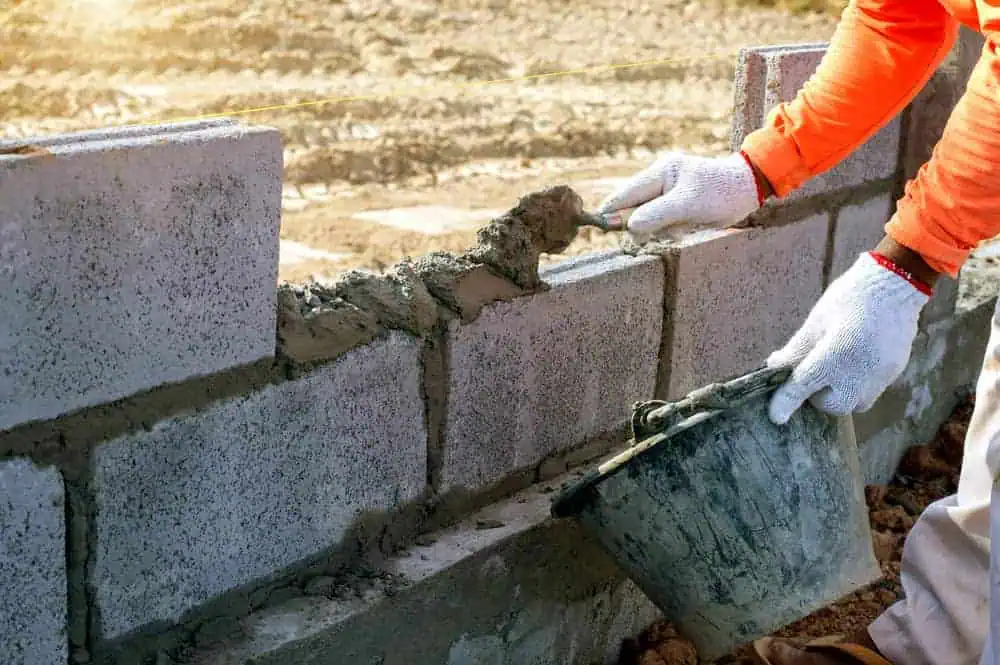Masonry Contractor in Chelsea, MA
Discover innovative masonry repair services in Chelsea, MA. Trust Academy Masonry for quality and efficiency.
Call Us Today: 508-501-3272

In Chelsea, MA, Academy Masonry is a leader in innovative masonry repair techniques. Our experienced team ensures that every project meets the highest standards of quality and durability. We are committed to providing top-notch masonry repair services that cater to the specific needs of Suffolk County residents.
Our approach combines traditional craftsmanship with modern technology to deliver exceptional results. We handle everything from minor repairs to major restorations, always focusing on the long-term integrity of your masonry. At Academy Masonry, we understand the importance of maintaining your property’s aesthetic and structural value.
Contact us at 617-388-5207 to schedule a consultation and see how our expert team can help you with your masonry repair needs. Trust Academy Masonry for reliable and professional masonry services in Chelsea, MA.
Our team has years of experience in masonry repair, ensuring expert craftsmanship in every project.
We understand the unique masonry needs of Chelsea, MA and Suffolk County, providing tailored solutions.
Academy Masonry is dedicated to delivering exceptional service and results, backed by numerous satisfied clients.

At Academy Masonry, we utilize advanced techniques and modern materials to ensure that every masonry repair is durable and long-lasting. Our team is continually trained in the latest industry methods to provide the highest-quality service to our clients in Chelsea, MA. We believe in using best practices to restore and maintain the integrity of your structures.
We understand that each masonry repair project has unique challenges, so we tailor our approach to meet your specific needs. Whether it’s dealing with the effects of weather, wear and tear, or structural issues, we have the expertise to handle it all. Our goal is to ensure that the repaired masonry looks great and stands the test of time.
Our commitment to using state-of-the-art techniques means that you get the best results possible. By staying updated with the latest trends and innovations in masonry repair, we provide effective and efficient solutions. If you’re in Suffolk County and need reliable masonry repair services, trust Academy Masonry to deliver exceptional results.

Academy Masonry offers a comprehensive range of masonry repair services designed to meet the diverse needs of our clients in Chelsea, MA. From brick replacement and mortar matching to crack repairs and structural reinforcement, we handle it with precision and care. Our team is equipped to address any masonry issue, whether big or small.
Each project begins with a thorough assessment to understand the requirements and challenges. We then develop a customized repair plan that ensures the best possible outcome. Our attention to detail and dedication to quality means that every aspect of the repair process is meticulously managed. This comprehensive approach guarantees that the finished result is aesthetically pleasing and structurally sound.
Serving the entire Suffolk County area, we pride ourselves on our exceptional customer service. We work closely with our clients to ensure their satisfaction at every project stage. Trust Academy Masonry to restore the beauty and functionality of your masonry structures. For expert masonry repair services in Chelsea, MA, contact us at 617-388-5207. Our team is ready to assist you with all your masonry needs.
Chelsea is a city in Suffolk County, Massachusetts, United States, directly across the Mystic River from Boston. At the 2020 census, Chelsea had a population of 40,787. With a total area of just 2.46 square miles (6.4 km2), Chelsea is the smallest city in Massachusetts in terms of total area. It is the second most densely populated city in Massachusetts, behind Somerville, and is the city with the second-highest percentage of Latino residents in Massachusetts, behind Lawrence.